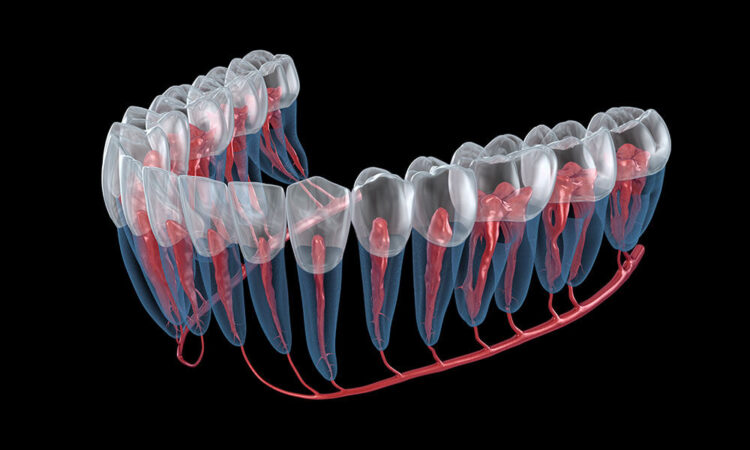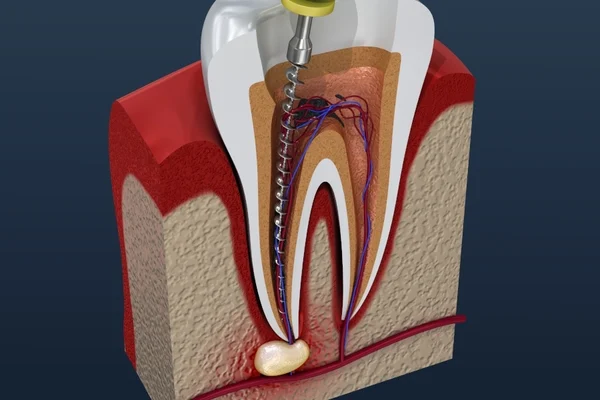
If a tooth has an infection or injury, your dentist may recommend root canal therapy. The procedure involves removing the pulp, blood vessels, and tissues from the inside of the affected tooth. The tooth is then sealed with special rubber-like materials and covered with a custom crown. In rare situations, root canal therapy may fail. That means the treated tooth did not heal as expected, or the patient had complications like pain and discomfort. That’s where root canal retreatment is necessary. If your local dentist North York ON recommended the procedure, you may have questions, and we have answered a few below.
Why do you need root canal retreatment?
There are many reasons why root canal therapy may fail. One of the common reasons is a cracked crown, which may cause the filling material to leak. If the treated tooth had curved or narrow canals that were cleaned entirely during RCT, you may need root canal retreatment. If there is a delay in adding a crown, the treated tooth may suffer from reinfection or new decay. Damage or fracture to the tooth could be a reason for failed RCT.
What is the procedure like?
In many ways, root canal retreatment is similar to root canal therapy. During your first appointment, your dentist will administer a local anesthetic agent to the gums. The tooth is then covered using a dental dam to keep it dry. The dentist will then remove the crown from the tooth. They will also remove the filling material and clear the tooth from the inside, for which they will use an ultrasonic handpiece. The root canals are then recleaned and reshaped using dental files. Your dentist may need to take additional X-rays to ensure the canals are completely clean. They will then use some antibiotic agent to avoid an infection. Finally, the tooth is sealed again with gutta-percha. You will again need a crown on the tooth.
More often than not, dentists divide the root canal retreatment into multiple sessions, which allows the tooth to heal. The procedure is more complex than root canal therapy, and therefore, dentists often take extra care of each step.

Is retreatment right for you?
Dentists do everything possible to save your natural teeth. A tooth that has been retreated successfully can last a lifetime. In recent years, there have been several advancements in the field, and root canal treatment is performed with a lot more precision. Root canal retreatment has a success rate of about 75%, and if your dentist feels it is worth trying, they will recommend the option.
Is it necessary to get a dental crown?
Yes, just like root canal therapy, root canal retreatment also leaves the treated tooth weak and prone to damage. A dental crown is the best way to protect against further damage and injuries. You will need at least two appointments to get a dental crown. Your dentist will first take impressions of the tooth and order the crown from a lab. It can take up to four weeks to get the crown, which will then be cemented on the tooth. Crowns are durable and will ensure your tooth functions as normally as possible.
Discussing root canal retreatment with your dentist
If you have concerns or are worried about the outcome of root canal retreatment, talk to your dentist in detail. They will educate you on the risks and other aspects, including what you can expect during the procedure. Unlike RCT, root canal retreatment may mean more appointments, and it is wise to follow the plan suggested by your dentist.
Check online to find the best-rated dentist in North York now!

